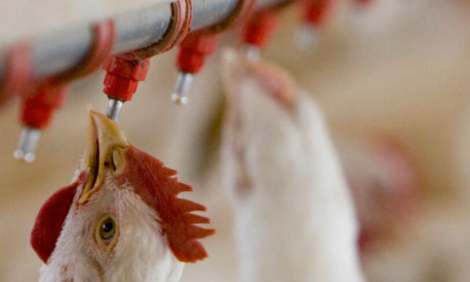



French poultry leader seeks price increase due to rising costs
LDC will raise its prices approximately 10% next yearLDC, France's largest poultry group, will need to raise its prices by around 10% next year to cover energy and other costs after already increasing prices by a third since last year, Reuters reported, citing the company on Wednesday.
Food prices in France rose 12% year-on-year in October, making food a main contributor, along with energy, towards record overall inflation in the euro zone's second-largest economy.
LDC has secured price increases totalling 35% from supermarkets over the past 18 months, which should cover additional costs led by a jump in prices of cereals used in poultry feed, Chief Executive Philippe Gelin told reporters during a first-half results presentation.
The price rises supported a 14% increase in group sales, even as volumes declined due to an avian influenza crisis in France, and helped keep LDC's operating margin steady, the group said.
With grain markets easing back, LDC was focused on absorbing a jump in energy costs after negotiating electricity prices for 2023 that were more than three times those paid this year, Gelin said.
Including the impact of energy costs on farmer suppliers plus other inflation factors like packaging, LDC was expecting to face an extra burden of 260 million euros ($269.46 million), which could be met by an increase of some 10% in its poultry prices, he said.
Poultry remained the cheapest meat category in French stores, as other livestock sectors had also seen sharp inflation, but LDC has reacted to inflation pressures on households by launching a budget range in September, he said.
This year's avian influenza crisis was not expected to disrupt LDC's poultry offering for year-end holidays, after it shifted production away from worst-affected zones in France and as a new wave of outbreaks was more limited, Gelin added.
Foie gras producers, particularly hard hit by losses to duck flocks during the disease epidemic, have warned that the pate speciality will be rarer and more expensive this year.
($1 = 0.9649 euros)









